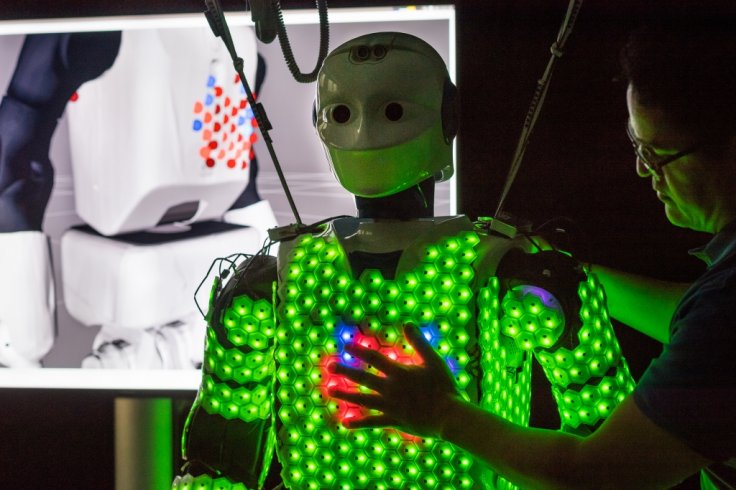Robots are growing by levels. Scientists have developed skin for robots so that they sense touches and further feel sensations such as pain. The coronavirus pandemic has also turned to robots for aiding in hospitals.
There is already a rise in automation technology using Artificial Intelligence (AI), while the researchers are working on removing the limitations faced by the existing robots. This may be one step further in sensing tactility. Researches in Munich, Japan and Boston's MIT are already on, to further this effort, reported CNBC.

There are almost three million industrial robots globally and also an estimate from last year by Oxford Economics says that robots are set to displace 20 million human workers globally, with 14 million in China alone. Further saying that global stock of robots would multiply faster in the next 20 years. A robot that can sense touches can even perceive textures of surfaces that can also calculate the amount of force of the contact. This, in addition to detecting temperature.
Hexagon Shaped silicone cell

The artificial skin was made in the Technical University of Munich using hexagon-shaped silicone cells with a diameter of one inch which can detect contact, acceleration, proximity and temperature. Elisabeth Smela, a mechanical engineering professor at the University of Maryland cites an example, "It could be useful to back up and feel somebody touching."
Many humane things such as morality can't be conceived as of now. But certain compassion and humour are possible. Experts say that with this feat robots would be able to anticipate and actively avoid accidents, especially when around humans or animals. This would prove helpful in perceiving nonverbal communication when combined with other such senses like sight and hearing.
However, challengers like in every new invention are seen here. There are a lot of problems like cost and mechanics when it comes to having the skin on the whole of the robot such as "lot of pieces that need to be wired and a lot of data coming from that," Smela said.
They might concentrate on few areas on the basis of tasks, says Brian Gerkey, CEO of Open Robotics. He attributes human/animal skin to be of "gold standard" for the effort. However, we are "nowhere close" in matching such technology. Researchers have called for using real tissues to be used to build robots. An MIT roboticist Rodney Brooks had predicted years ago that instead of robots replacing humans, humans would become them such as the terminator type, with already a paper published on the issue.
However, Prof Jong-Oh Park, vice-chair of the research committee of International Federation of Robotics, says that flesh is complicated because of re-engineering and is far from us right now.
Working-age population
Japan turned to robots for healthcare as the average working-age population is rising. Taking the US for instance, estimates say that the population of more than 65 would double by 2060. Such cases might need robotic help. Gerkey, however, does not seem to believe that building humanoid robots mimicking humans would come to life.









